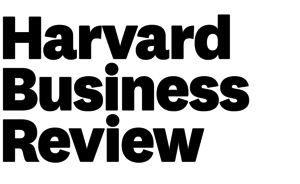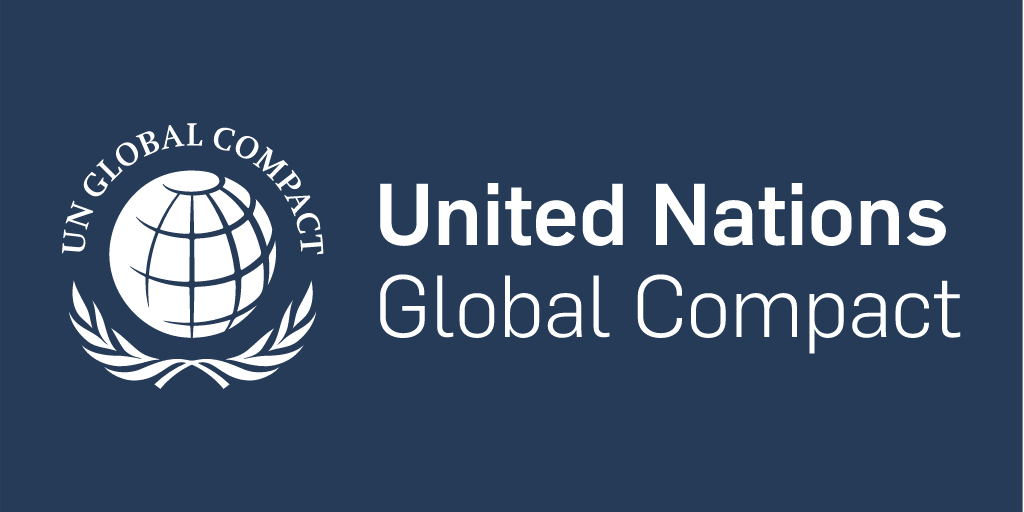Implement an organisational procurement operating model
There are three procurement operating model categories: centralised, decentralised, and centre-led or hybrid. Each has its own benefits and drawbacks. A centralised procurement model allows for a standardised approach and greater buying power but can be slow and bureaucratic. A decentralised model can be more innovative, and adaptive, but can also be less consistent.3 While a centre-led model can balance the benefits of both approaches, you need to determine which approach best supports your organisation’s sustainability priorities. Start by considering where sustainable procurement expertise and responsibility should reside. Think about how this will impact collaboration, resourcing, and leadership engagement.
You can help balance your approach by establishing sustainability centres of excellence.4 They can provide expert guidance to category managers and other procurement staff and support effective implementation. They can support cross-functional coordination and improve value chain risk management.5, 6, 7 No matter what model you choose, consider how you can align internal sustainability behaviours and accountability through well aligned KPIs and incentives.
EXAMPLE: A. P. Møller-Mærsk considers adding centres of excellence to its two existing sustainability teams
The integrated container logistics company has a Group Sustainability Team driving company-wide sustainability efforts, a CSR compliance team embedded within its procurement function, and sustainability responsibilities attached to each procurement role. The company then turned to evaluating the benefits of creating a procurement sustainability competence centre to further support its procurement team.8
EXAMPLE: Sustainable Procurement Targets and Performance Indicators at Rijkswaterstaat9
Rijkswaterstaat, a Dutch infrastructure agency, sets and tracks sustainable procurement targets across six themes. It integrates these themes into procurement decisions, continuously monitoring progress and identifying improvement areas to meet targets.


